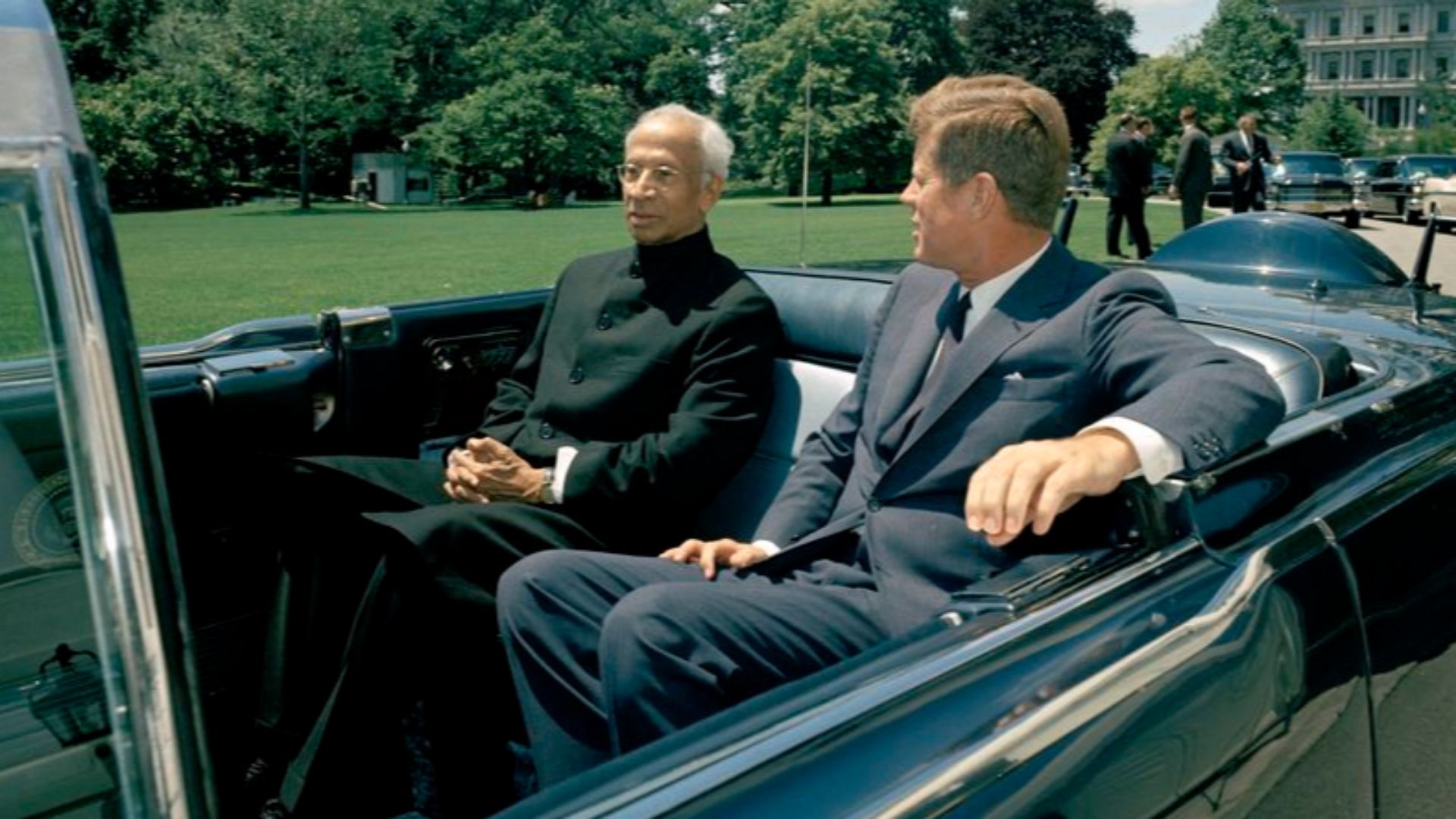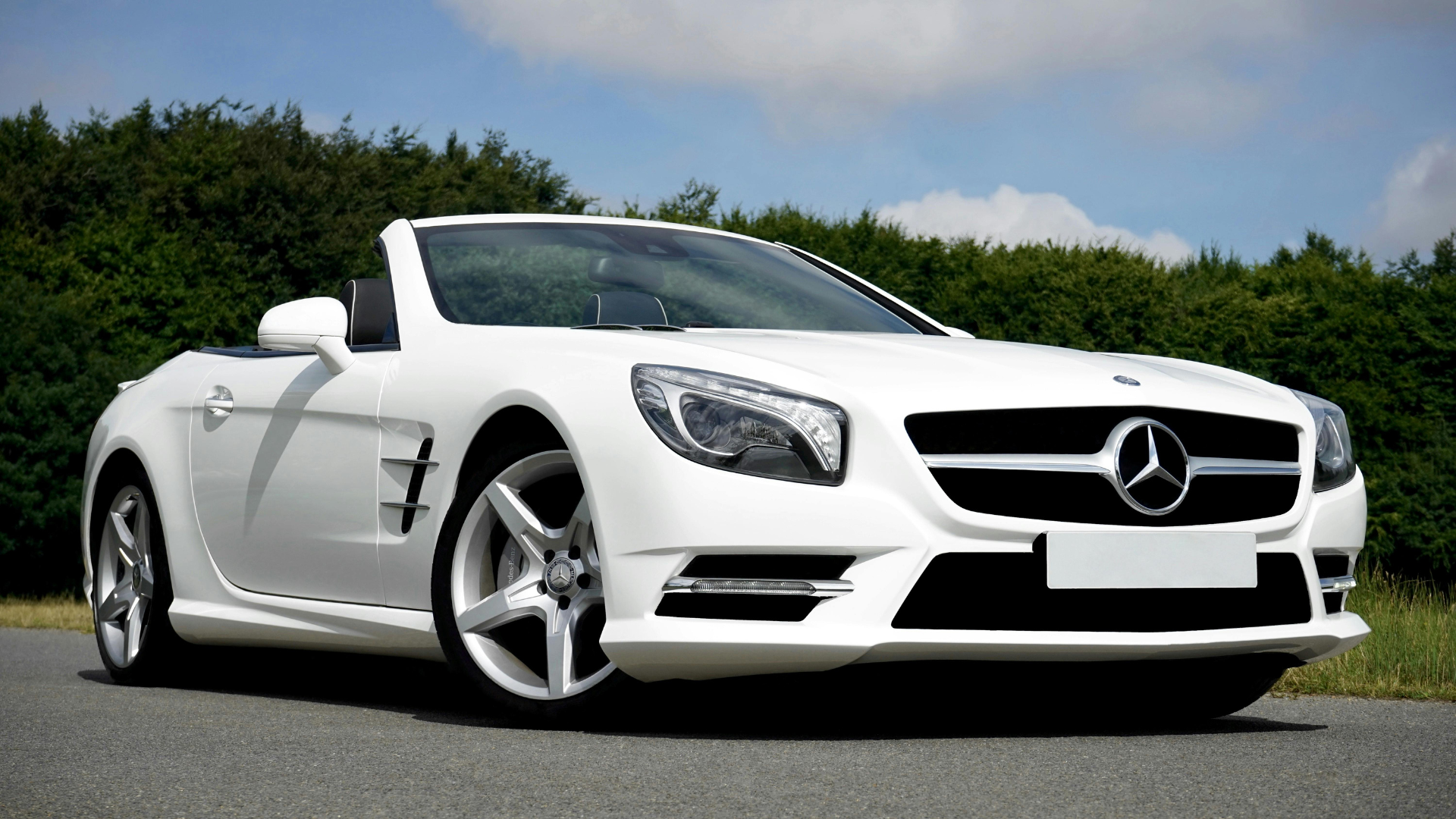Street-Legal Speedsters
Speed has long defined automotive ambition. When a car rolls off the factory floor capable of outrunning nearly everything on the road, it's no longer just a machine—it’s a statement. Some held records for years; others burst onto the scene and shocked the world. Ready to explore the outer limits of real-world performance? Meet the top 20 cars that bring blistering speed to life.
 Thomas Vogt from Paderborn, Deutschland on Wikimedia
Thomas Vogt from Paderborn, Deutschland on Wikimedia
1. Bugatti Chiron Super Sport 300+ (304.773 mph)
The car that pushed road limits beyond 300 mph came from Bugatti’s Chiron Super Sport 300+. Its 1,578 hp W16 powered a single-direction record in 2019. Built in a limited run of 30, it featured a longtail design with reinforced Michelin tires as well.
2. SSC Tuatara (295 mph)
SSC didn’t just attempt a comeback—it proved it. The Tuatara reached a verified average of 282.9 mph and later peaked at 295. Its 1,750 hp twin-turbo V8, certified VBOX run, and low-drag design restored credibility after initial doubts.
3. Koenigsegg Agera RS (277.87 mph)
Koenigsegg’s Agera RS achieved this record in Nevada with a customer-owned car. Behind the wheel, Niklas Lilja, a factory driver, used its 1,360 hp and advanced Triplex suspension to break both top speed and 0-400-0 records under real-world conditions.
 Falcon® Photography from France on Wikimedia
Falcon® Photography from France on Wikimedia
4. Hennessey Venom GT (270.49 mph)
Built by Hennessey, the Venom GT reached its top speed during a data-logged test at Kennedy Space Center. A 7.0L twin-turbo V8 and a featherweight Lotus-derived chassis gave it the punch to claim its place in high-speed history.
5. Bugatti Veyron 16.4 Super Sport (267.856 mph)
The Veyron Super Sport was Bugatti’s answer to speed challengers in 2010. Fitted with bigger turbos and a 1,200 hp W16, it topped out at Ehra-Lessien before production models were restricted for safety reasons tied to tire limits.
6. Bugatti Chiron (261 mph)
Activating the Speed Key unlocks the full potential of this 1,479 hp machine. The Bugatti Chiron isn’t just about raw power—it balances that force with active aerodynamics and an adaptive chassis, which enables it to hold steady at its electronically limited peak.
7. Rimac Nevera (258 mph)
In 2022, Rimac shocked the hypercar world with a record-breaking top speed for an electric vehicle. Its 1,914 hp quad-motor system relied on torque vectoring and advanced cooling tech, all packed into a limited run of just 150 hypercars.
8. SSC Ultimate Aero (256.14 mph)
Long before the Tuatara, SSC made headlines in 2007 with the Ultimate Aero. Powered by a twin-turbo V8 and stripped of electronic assists, it claimed a Guinness-recognized record thanks to lightweight construction and relentless American engineering.
9. Bugatti Veyron 16.4 (253.81 mph)
Bugatti launched the modern hypercar era in 2005 by taking the Veyron past 253 mph. The car’s 1,001 hp W16 required ten radiators just to stay cool, proving that achieving top speed is as much about thermal management as horsepower.
10. McLaren Speedtail (250 mph)
The Speedtail isn’t just McLaren’s fastest road car—it’s one of its most radical. A 1,035 hp hybrid drivetrain and a stretched teardrop design helped the prototype reach 250 mph at Kennedy Space Center, while a central driver’s seat defined its layout.
11. Koenigsegg CCR (241 mph)
Before the Agera or Jesko, Koenigsegg was already making waves. In 2005, the CCR hit 241 mph at Nardò using a 4.7L supercharged V8. The carbon-fiber chassis and early aerodynamic focus helped establish the company’s performance credentials on the world stage.
 Alexandre Prévot from Nancy, France on Wikimedia
Alexandre Prévot from Nancy, France on Wikimedia
12. McLaren F1 (240.1 mph)
Reaching 240.1 mph in the '90s—without forced induction—was nothing short of revolutionary. McLaren’s F1 paired a naturally aspirated BMW V12 with ultra-lightweight construction. Only 64 road cars were built, all featuring the now-iconic central driving position.
13. Pagani Huayra (238 mph)
Pagani paired an AMG-built twin-turbo V12 with carbon ceramic brakes and precise bodywork, creating a hypercar where airflow dictated every design and performance decision. Active aerodynamics played a crucial role in helping the Huayra reach its top speed of 238 mph.
 Alexandre Prévot from Nancy, France on Wikimedia
Alexandre Prévot from Nancy, France on Wikimedia
14. Ferrari Enzo (217 mph)
Ferrari designed the Enzo to reflect its Formula 1 dominance. It came with a 6.0L V12, carbon-ceramic brakes, and a fixed rear wing. Just under 400 were made, and they delivered F1 tech through a road car loud enough to make its presence known.
15. Ferrari LaFerrari (217 mph)
Electric torque from Ferrari’s HY-KERS system gave LaFerrari a boost past 200 mph. Its hybrid V12 worked alongside a carbon tub developed with F1 input. Limited to 499 coupes, it represented the peak of Maranello’s modern-era engineering.
16. Ford GT (2017) (216 mph)
Track development shaped the 2017 GT into a road-legal performance machine. Ford equipped it with a 647 hp twin-turbo EcoBoost V6, carbon-fiber construction, and active aerodynamics. Everything was a direct result of lessons learned at Le Mans.
 Falcon® Photography from France on Wikimedia
Falcon® Photography from France on Wikimedia
17. Porsche 918 Spyder (214 mph)
Performance came from a combination of hybrid V8 power and electric motor torque. The Porsche 918 Spyder featured torque-vectoring all-wheel drive and became the first production car to lap the Nürburgring in under seven minutes. Production was limited to 918 units.
 Thomas Wolf, www.foto-tw.de on Wikimedia
Thomas Wolf, www.foto-tw.de on Wikimedia
18. Jaguar XJ220 (212.3 mph)
In the early '90s, Jaguar delivered a serious contender with the XJ220. A 3.5L twin-turbo V6 sat in a bonded aluminum chassis, giving it the engineering edge to become the world’s fastest production car from 1992 to 1994.
 Charles from Port Chester, New York on Wikimedia
Charles from Port Chester, New York on Wikimedia
19. Mercedes-AMG One (219 mph)
The AMG One redefines street-legal performance by transplanting a Formula 1 powertrain directly into a road car. The car’s 1.6L hybrid V6 operates at an astonishing 11,000 rpm—numbers usually reserved for pit lanes. Backed by four electric motors and active aerodynamics, it merges brutal speed with race-car precision.
20. Ruf CTR “Yellowbird” (211 mph)
It looked like a 911 but behaved like something else entirely. Ruf’s CTR became a cult legend thanks to its Nürburgring lap in the “Faszination” video. With only 29 units built, it focused purely on raw pace, not polished refinement.





















